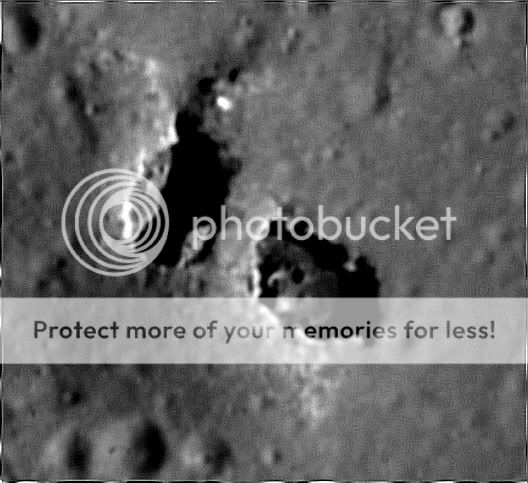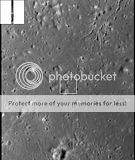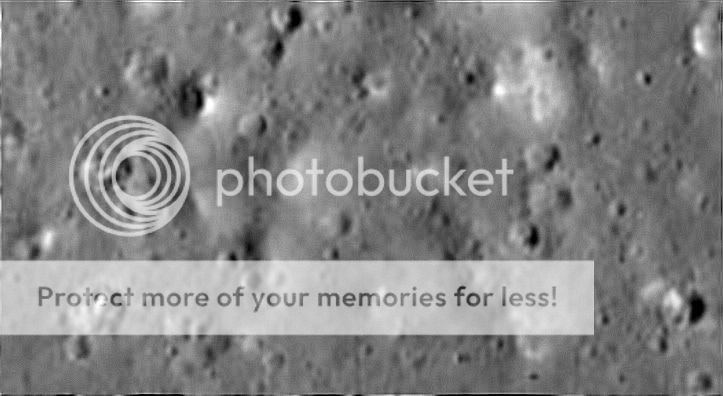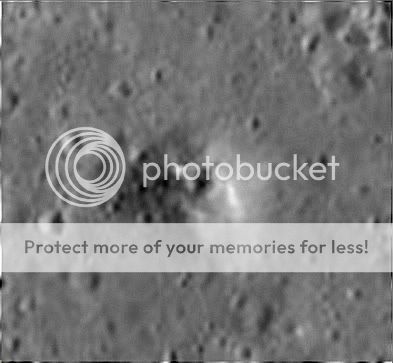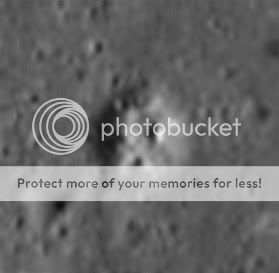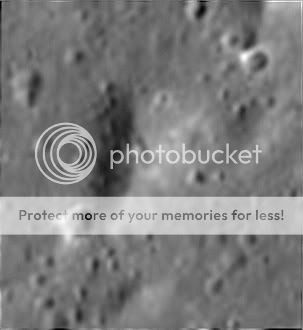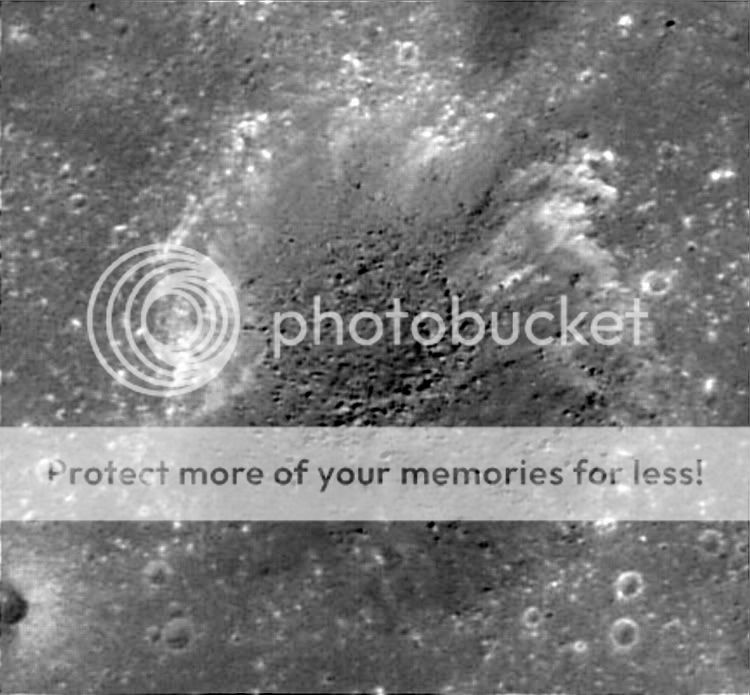About 10 KM to the south & east of Sulpicius Gallus is the Montes Haemus range that forms the edge of the Serenitatis basin
Sulpicius Gallus itself is a 10 KM wide relatively fresh impact crater.
Volcanic Vent near Sulpicius Gallus.
LRO LROC NAC crops & sharpened enlargements by me of a stongly suspected, almost confirmed volcano on the Moon.
Apollo 17 CM America in December 1972 first noticed the vent near Sulpicius Gallus, a possible lunar volcano.
Also the fact that pyroclasts did not appear to be too intensively space weathered into the native launer regolith by micrometeroids also suggested that the vent near Sulpicius Gallus may not have been just an extnct relic from the early days of the Moon's evolution, perhaps evidence for more 'recent' volcanism on the Moon?????
Clementine a DOD test spacecraft to test new remote sensing instrumentation for the military was pressed into civilian scientific research as a caveat from the Peace Dividend, the USAF operated the spacecraft & carried out the instrument testing & civilian NASA scientists researched the information. Clementine was to have gone onto to an Near Earth Asteroid 1650 Geographos close encounter, but unfortunately a serious software fault fired the motors up & the craft ran out of fuel after leaving selenecentric orbit.
However the Lunar orbital mission was an enormous success. Clementine showed very clear pyroclastic signatures at the vent near Sulpicius Gallus.
When LRO was planned vent near Sulpicius Gallus was considered an extremely high priority for LRO, both NAC & WAC of LROC as well as full multispectral observations.
Clickable thumbnail of LROC WAC of area of interest.

LRO LROC NAC 517 metre wide section of inner slope of Sulipicius Gallus vent. Layered volcanic bedrock, alternating compressed ash & lava. Vocanic glass beads like the 'Orange Soil' found by Apollo 17 appear to be abundant in this area.
LROC NAC crops & sharpened enlargements by me.
1.3 KM wide area. Volcanic crater / vent near Sulpicius Gallus on right with darkened ash rich regolith outside.
700 metre wide area of rim & floor of the volcanic vent. Flat floor with boulders rolled in from the rim.
650 metre wide area showing an even darker patch of pyroclasts.
450 metre wide impact crater approx 3 KM to the SW of the vent. The impact exposed some layered lava.
Andrew Brown.








